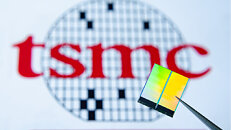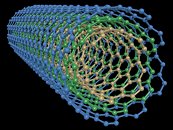Intel Should be Leading the AI Hardware Market: Pat Gelsinger on NVIDIA Getting "Extraordinarily Lucky"
Intel CEO Pat Gelsinger considers NVIDIA "extraordinarily lucky" to be leading the AI hardware industry. In a recent public discussion with the students of MIT's engineering school to discuss the state of the semiconductor industry, Gelsinger said that Intel should be the one to be leading AI, but instead NVIDIA got lucky. We respectfully disagree. What Gelsinger glosses over with this train of thought is how NVIDIA got here. What NVIDIA has in 2023 is the distinction of being one of the hottest tech stocks behind Apple, the highest market share in a crucial hardware resource driving the AI revolution, and of course the little things, like market leadership over the gaming GPU market. What it doesn't have, is access to the x86 processor IP.
NVIDIA has, for long, aspired to be a CPU company, right from its rumored attempt to merge with AMD in the early/mid 2000s, to its stint with smartphone application processors with Tegra, an assortment of Arm-based products along the way, and most recently, its spectacularly unsuccessful attempt to acquire Arm from Softbank. Despite limited luck with the CPU industry, to level up to Intel, AMD, or even Qualcomm and MediaTek; NVIDIA never lost sight of its goal to be a compute hardware superpower, which is why, in our opinion, it owns the AI hardware market. NVIDIA isn't lucky, it spent 16 years getting here.
NVIDIA has, for long, aspired to be a CPU company, right from its rumored attempt to merge with AMD in the early/mid 2000s, to its stint with smartphone application processors with Tegra, an assortment of Arm-based products along the way, and most recently, its spectacularly unsuccessful attempt to acquire Arm from Softbank. Despite limited luck with the CPU industry, to level up to Intel, AMD, or even Qualcomm and MediaTek; NVIDIA never lost sight of its goal to be a compute hardware superpower, which is why, in our opinion, it owns the AI hardware market. NVIDIA isn't lucky, it spent 16 years getting here.



























